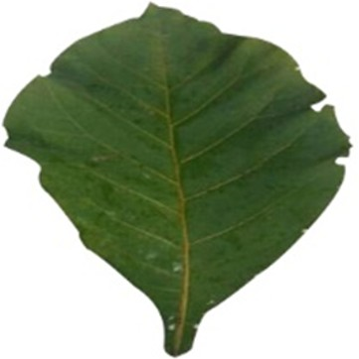Abstract
Teak (Tectona grandis L.) is a plant that has a high resistance to weather changes and termite attacks. The dominant use of teak in the furniture industry left behind its leaf as agricultural waste (agro-waste). Several pharmacological activities have been identified in the teak leaf part. In this review article, the authors gathered information from previous studies regarding the potential use of teak leaf antibacterial compounds to be made into various antibacterial products, namely hand sanitizers, floor disinfectants, fruit and vegetable disinfectants, and deodorant. Literature searches are carried out through search engines and online journal databases. The results of the literature review show that there are at least eight antibacterial compounds from teak leaf that have been isolated, identified, and tested for their activity, namely anthratectone, naphthotectone, juglone, gallic acid, ellagic acid, rutin, quercetin, and sitosterol. Furthermore, it is known that the solvent that can be used for teak leaf extraction by providing the best antibacterial activity is ethanol. This information is used as a recommendation for optimization of teak leaf extraction as part of the author’s suggestion in making antibacterial products. In addition, previous research related to the use of ethanol extract from the teak leaf as an antibacterial product for liquid soap was also included. The study shows that the teak leaf extract liquid soap has promising activity compared to its comparable commercial soap, thereby strengthening the author’s idea to utilize teak leaf extract as a component of the active ingredient of other antibacterial products, namely hand sanitizers, floor disinfectants, fruit and vegetable disinfectants, and deodorant.
Full text article
Authors

This work is licensed under a Creative Commons Attribution-NonCommercial-NoDerivatives 4.0 International License.

